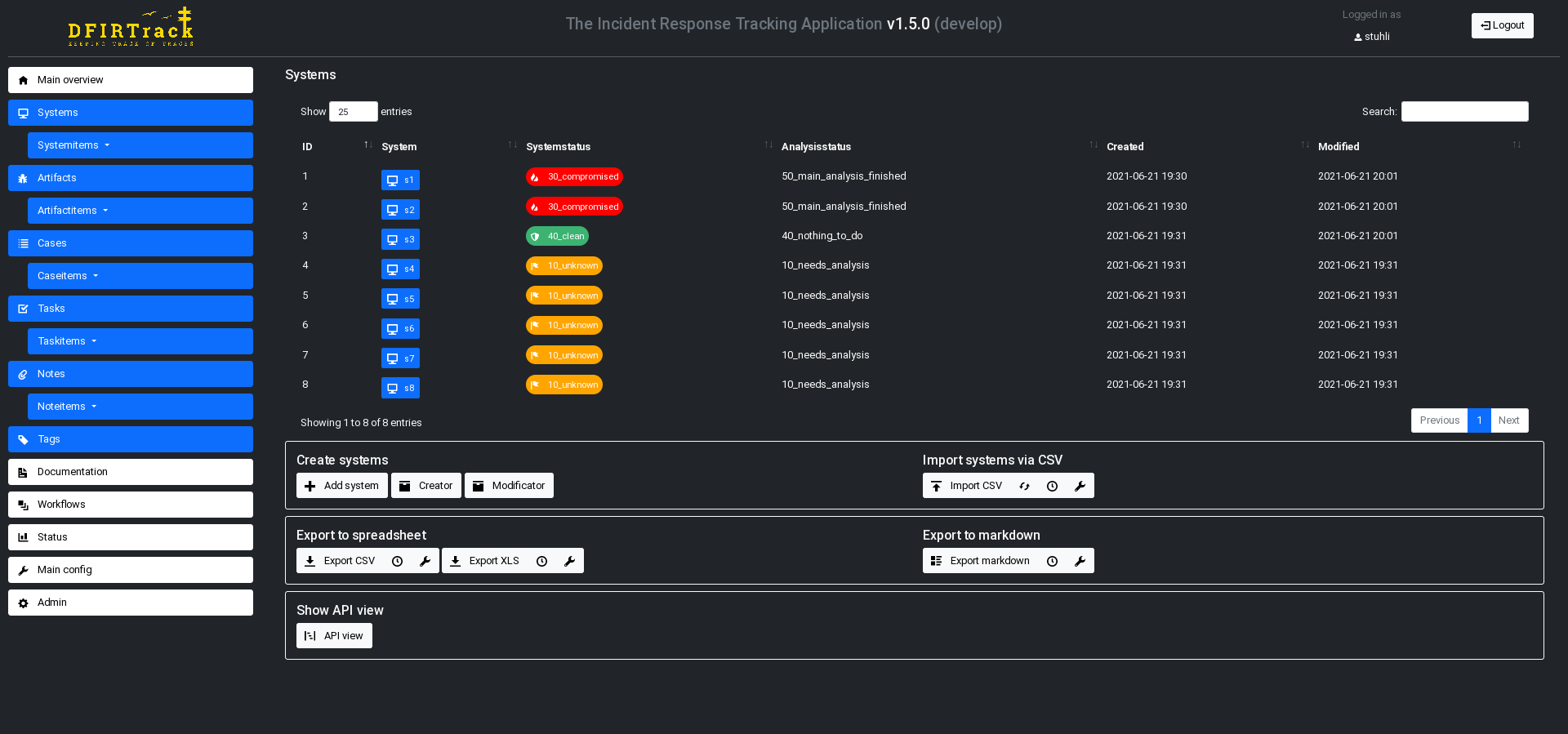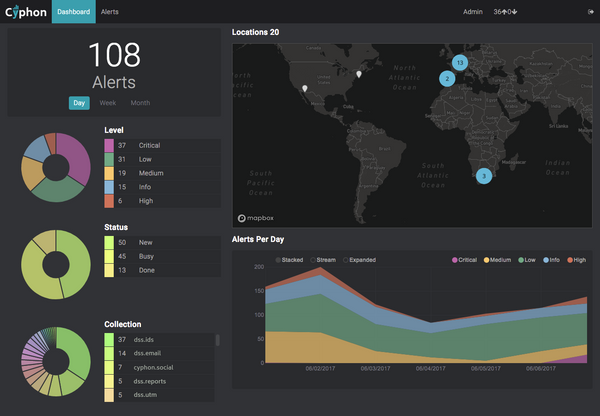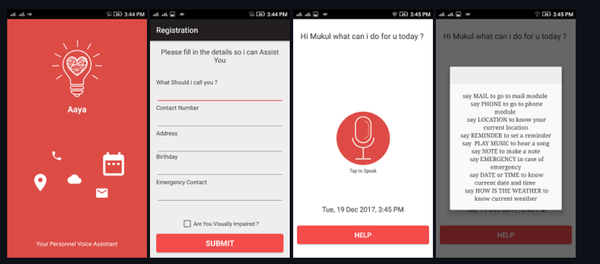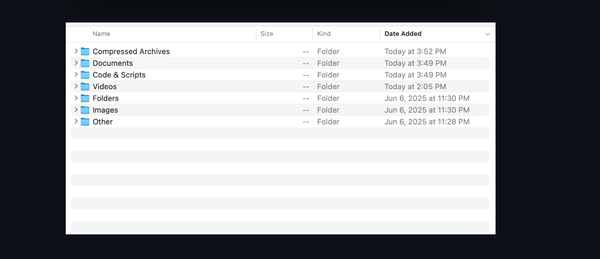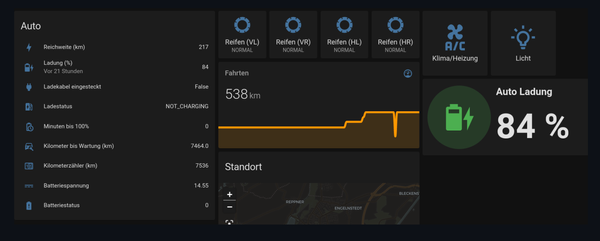DFIRTrack: The Open Source Incident Response Tool Built for Major Breaches, Why Incident Responders Are Ditching Case-Based Tools
Table of Content
In the high-pressure world of digital forensics and incident response (DFIR), every second counts, especially when dealing with large-scale breaches like those seen in Advanced Persistent Threat (APT) campaigns.
While many existing tools focus on managing small, routine security incidents, DFIRTrack stands out by solving a different, more complex problem: tracking and managing hundreds, or even thousands, of compromised systems during a major cyber incident.
What Is DFIRTrack?
DFIRTrack is a self-hosted open-source web application designed specifically for large-scale incident response operations. It is built on Django with a PostgreSQL backend, it’s not just another ticketing or case management tool.
Instead, DFIRTrack flips the script by adopting a system-based approach, meaning it tracks the status, tasks, and forensic artifacts of individual systems rather than grouping everything under broad "cases."
This shift in perspective makes DFIRTrack ideal for dedicated incident response teams handling widespread compromises where clarity, consistency, and speed are critical.
What Problem Does It Solve?
Traditional DFIR tools are often case-based, which works well for SOC analysts handling phishing emails or isolated malware infections. But when an APT group infiltrates an enterprise network and compromises hundreds of endpoints, servers, and workstations, those tools fall short.
DFIRTrack solves this by:
- Providing real-time visibility into the status of every affected system.
- Eliminating data silos and inconsistencies across reports.
- Automating repetitive workflows to reduce manual errors and save time.
- Enabling seamless collaboration across technical and non-technical stakeholders through structured exports.
No more scrambling through spreadsheets, lost notes, or conflicting status updates. With DFIRTrack, you always know which systems are pending analysis, which are clean, and which still need remediation.
Who Should Use DFIRTrack?
While CERTs and SOCs can use DFIRTrack, it’s especially powerful for:
- Incident Response (IR) Teams handling large breaches
- DFIR Analysts managing complex, multi-system investigations
- Threat Hunters needing structured tracking of artifacts and tasks
- Security Leaders who need clear, exportable reports for executives
It’s the go-to tool when the incident is too big for spreadsheets but too dynamic for static documentation.
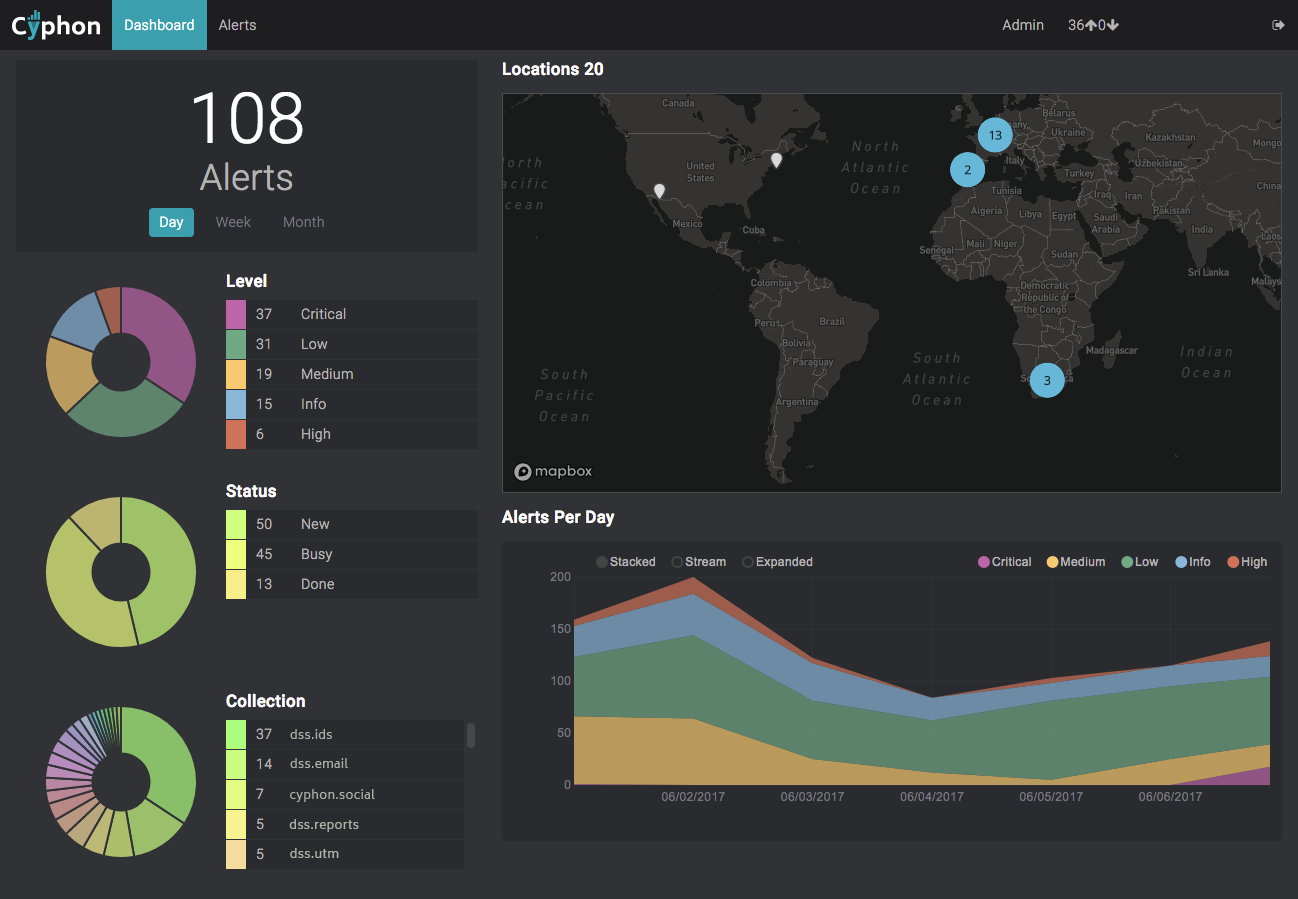
Key Benefits
- System-Centric Tracking: Focus on the state of each system, not just the case.
- Fast Import/Export: Bring in systems from external tools and export consistent reports instantly.
- No Data Redundancy: Single source of truth for technical and non-technical audiences.
- Workflow Automation: Auto-generate tasks and artifact entries across multiple systems.
- Open Source & Self-Hosted: Full control, no vendor lock-in, and community-driven.
Top Features at a Glance
- Importer Tools
- CSV-based import for systems, tasks, and tags
- Integrates with output from common DFIR and scanning tools
- Creator Tool: Rapidly create multiple systems with associated tasks and tags via a clean web interface
- Exporter Tools
- Markdown reports: Perfect for technical documentation (e.g., MkDocs integration)
- CSV & XLS exports: Share system and artifact status with management and auditors
- Modificator: One-click status updates for systems (e.g., “Quarantined,” “Analyzed,” “Remediated”)
- Automated Workflows
- Generate standardized tasks and artifact checklists across multiple systems in seconds
- Rich Entity Management: Track systems, artifacts, tasks, cases, tags, notes, and report items in one place
Tech Stack
- Backend: Python (Django)
- Database: PostgreSQL
- Frontend: HTML, CSS, JavaScript (Django templates)
- Deployment: Designed for self-hosting (Docker support in development)
- License: Open Source (MIT), free to use, modify, and contribute
Final Thoughts
If your team is drowning in spreadsheets during a major breach, it’s time to level up. DFIRTrack brings structure, automation, and clarity to large-scale incident response, exactly when you need it most.
Whether you're responding to a nation-state APT, a ransomware outbreak, or a widespread supply chain compromise, DFIRTrack ensures no system slips through the cracks.
👉 Ready to take control of your incident response? Check out DFIRTrack on GitHub and start streamlining your next investigation.

